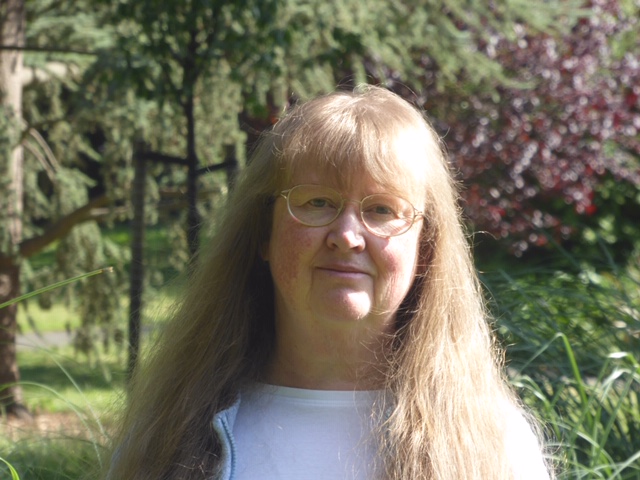The Birth of a Painting
- Hazel Manley

- Sep 4, 2020
- 3 min read
Updated: Aug 23, 2021
Where does a painting start?

For me, it often starts with a trip out to a place of beauty with my camera.
There are some who say you must always work from life, and that any strategies other than measuring using your thumb, proportions or grids are cheating. If this is so, it appears that many of the past masters cheated as several may have used the camera obscura!
Whilst, I can use a variety of methods to produce the base drawing including sketching from life, working directly from a single photo, or a compilation of photos, means I can capture those fleeting moments and hold what my mind's eye cannot, as, unlike many artists, I can rarely hold an image in my head. My macro lens also picks up details that my varifocals don't!

Larger Than Life
Back at home, deciding on my composition (how the image is placed on the paper), I enjoy filling the space, enlarging the image until it is many times larger than life. Once I've got my image, I can trace it on to the linen finish paper by tracing it. I prefer this to working it out on the final surface, because rubbing out and redrawing lines spoils it. This is a good moment to remember to mask areas that I want to remain white or very light. I can add oil pastel white or Naples yellow later, but they will look more alive if they start white.
Colours spring into life
I use Sennelier oil pastels because they have a lovely creamy texture and are packed with gorgeous lightfast pigments. They blend well, even without Zest-It, using tissue or a card stemmed cotton bud, although I find I get better results with it. I love this stage, it seems to make the colours spring into life.
Finishing Touches
Whether the subject is botanical, a reflection or a water bird, the fine details are added with a brush using diluted oil pastel or by scratching into the soft surface with one of my favourite mark making tools. This is the scary bit. It's easy to spoil a picture at this point and by now, I've become attached to it.

Many artists struggle to decide when a painting is finished and the saying, "Art is never finished, only abandoned" has been attributed to several of them! Sometimes, I abandon a painting for a few days before I'm convinced it's finished to help me decide if it's actually finished, or not; usually it is!
The final task is removing the tape from the edges. I've found no matter what tape I buy, they all give me heart stopping moments as they catch at the paper fibres so this is slow painstaking work. Oil pastels, unlike oil paintings never quite dry out which is great, as it makes cracking or crazing unlikely. Because of this, they should be protected by glass.
By this point, it's time to start the next painting so a trip out with a camera is called for!
Featured painting: Taxus (Yew Berries)
Found on ancient trees, often growing in old churchyards, the berries range from a bright coral colour to deep red as they age.They are toxic (at least the seeds are), but they contain compounds used for life saving cancer treatment. It fascinates me that the contrasts life and death are held within such an ancient, yet beautiful tree.



Comments